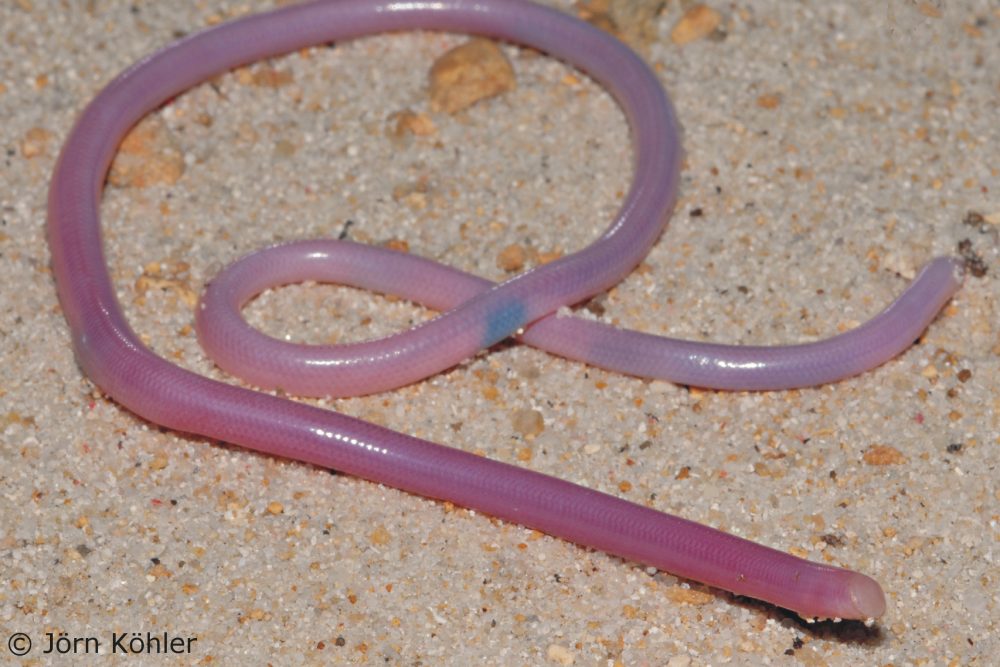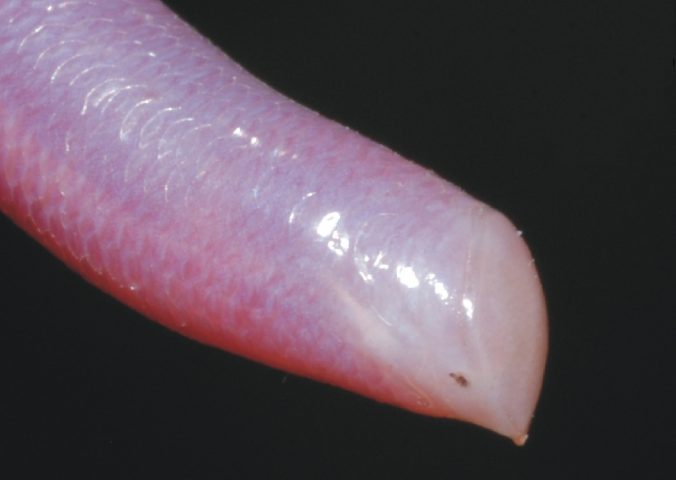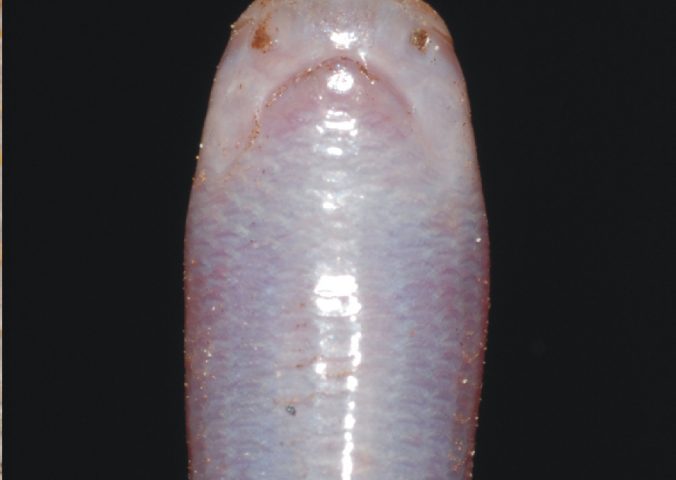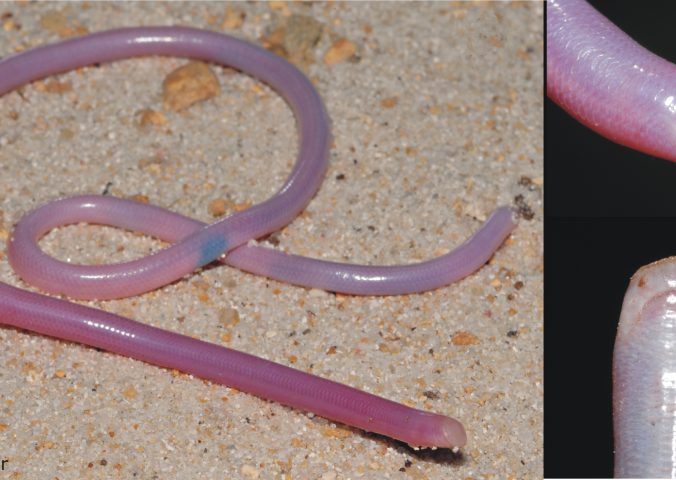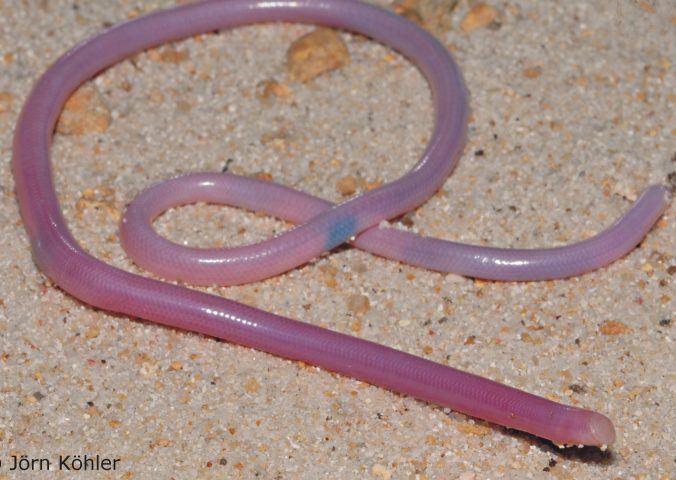About
The Critically Endangered Madagascar blind snake is a tiny, worm-like snake unlike any other.
The Madagascar blind snake has lost the use of its eyes and uses its bulldozer-like head to burrow through sandy soil. This bizarre snake is no larger than an earthworm and, with its translucent pink skin, it looks like one, too! However, blind snakes are actually highly specialised predators, hunting ants and termites beneath the soil and rapidly consuming them using a unique feeding mechanism.
This unique blindsnake is the only species in its genus and indeed its family, Xenotyphlopidae. The Madagascar blindsnake diverged from all other living creatures close to 65 million years ago – around the time of the extinction of the dinosaurs!
First described in 1905, the exact distribution of the Madagascar blindsnake remained a mystery until its rediscovery 100 years later. Unfortunately, further research across the region has revealed significant threats to the species’ habitat. The coastal forests are under threat from logging for timber, charcoal production and cattle grazing. Given the snake may occur in an area only 10 km2, it has been listed as Critically Endangered by the IUCN Red List. There are no current conservation measures for this snake and it does not occur in any protected areas.
- Order: Squamata
- Family: Xenotyphlopidae
- Population: Unknown
- Trend: unknown
- Size: 27cm (?)
EDGE Score
Distribution
This blind snake is found only on the northernmost tip of Madagascar.
Habitat and Ecology
The Madagascar blind snake inhabits the sandy soil of forested or shrubby dunes along the coast. Not much is known about the reproduction and diet of this species.
